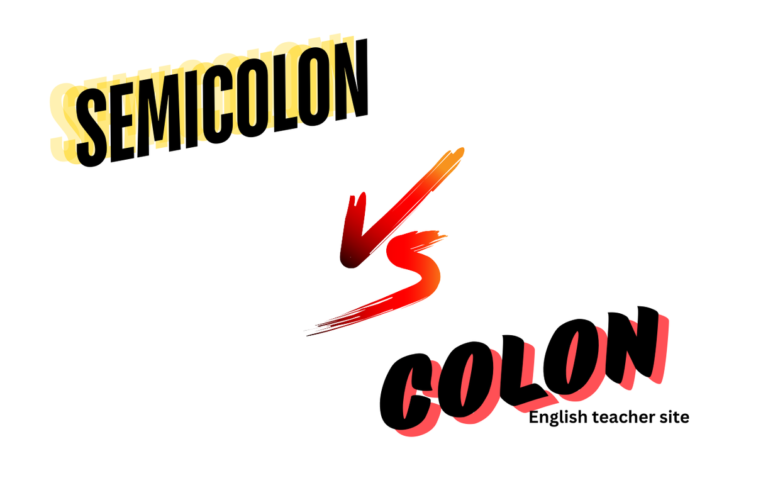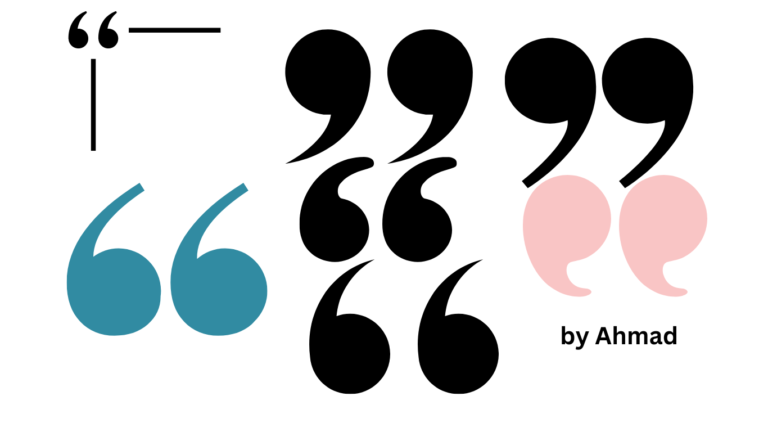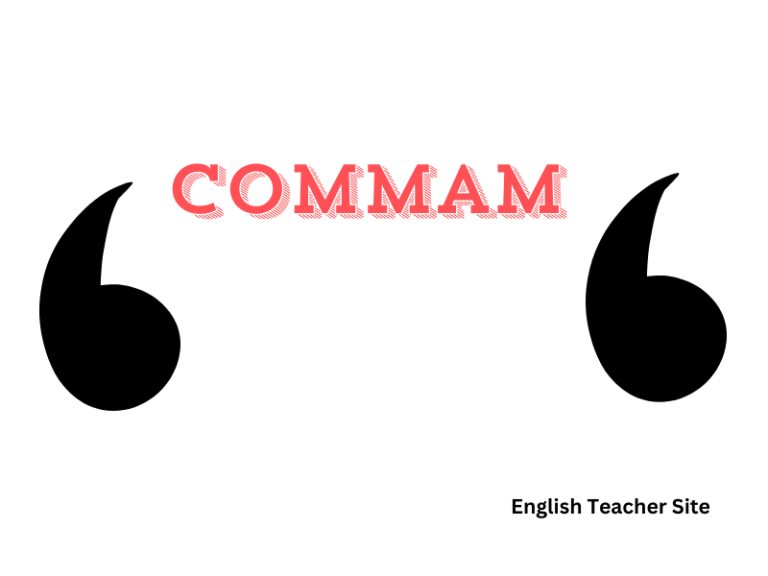How Do You Use a Colon: Rules and Examples for Clear Writing

- A colon can introduce lists, quotes, or explanations following an independent clause.
- Proper use of colons includes not capitalizing the first word after the colon unless it starts a complete sentence.
- Understanding colon usage enhances writing clarity and reader comprehension.
How to Use a Colon?
The colon is a versatile punctuation mark used to introduce a series of related items, a quote, or a clarification.
It is a common tool in English grammar that offers a way to give emphasis, present dialogue, and even convey a bulleted list in a way that is cleaner than employing a series of commas.
Rules for Using Colons
How to add a colon to a list
- Complete Sentence: Only use a colon to introduce a list when the sentence before the colon is complete.
- Example: He packed for his trip: sleeping bag, boots, compass, and map.
| Without Complete Sentence | With Complete Sentence |
|---|---|
| Needs boots, compass. | He needs several items: boots, compass, map. |
Difference of Colon and semi colon
- Equal Weight: A colon separates two independent clauses when the second clause emphasizes, explains, or illustrates the first.
- Not a Semi-Colon: Unlike a semi-colon, the second clause after a colon should expand on the first.
| Semi-Colon Usage | Colon Usage |
|---|---|
| He runs fast; he wins often. | He is the fastest: He beats everyone in the race. |
Before and After
He said it best: “To be or not to be, that is the question.”
| Without Colon | With Colon |
|---|---|
| He remembered Shakespeare’s famous words “To be or not to be” | Shakespeare’s insight into existence is crystal clear: “To be or not to be, that is the question.” |
Emphasis and Capitalization
- Emphasis: A colon can strongly highlight the part of the sentence that follows. When a writer needs to draw attention to particular information after an independent clause, the colon sets the stage for what’s to come, ensuring the reader gives it due consideration.
Without Emphasis With Emphasis I had an epiphany this morning pancakes I had an epiphany this morning: pancakes - Capitalization: Typically, the first word following a colon is not capitalized. However, if what follows the colon is a complete sentence or multiple sentences, a proper noun, or a direct quote, then it should start with a capital letter.
No Capital Letter Needed Capital Letter Required We have two choices for dinner salad, soup He said: “Start the presentation.”
Comparison with Semicolons and Dashes
Semicolons:
- A semicolon separates two related sentences when the connection between them is clear without using conjunctions.
- When comparing complex lists within a sentence, semicolons help in segregating items more clearly than commas.
Colons Semicolons He had one passion: eating She loved to eat; he, to cook.
Dashes:
- A dash is less formal than a colon and can be used to indicate sudden changes in tone or thought within a sentence.
- The dash also creates a strong break in the structure, similar to a colon, but with more of an interrupting force.
Colons Dashes Ingredients for the pie: sugar, flour, and apples Ingredients for the pie – sugar, flour, and apples – are all sold out.
Sources
My name is Khamis Maiouf. I am the creator of the English Teacher Site, dedicated to providing valuable resources and insights for students around the world. With a passion for education and a commitment to helping students enhance their skills, I aim to make English teaching more effective and enjoyable for both educators and students.






